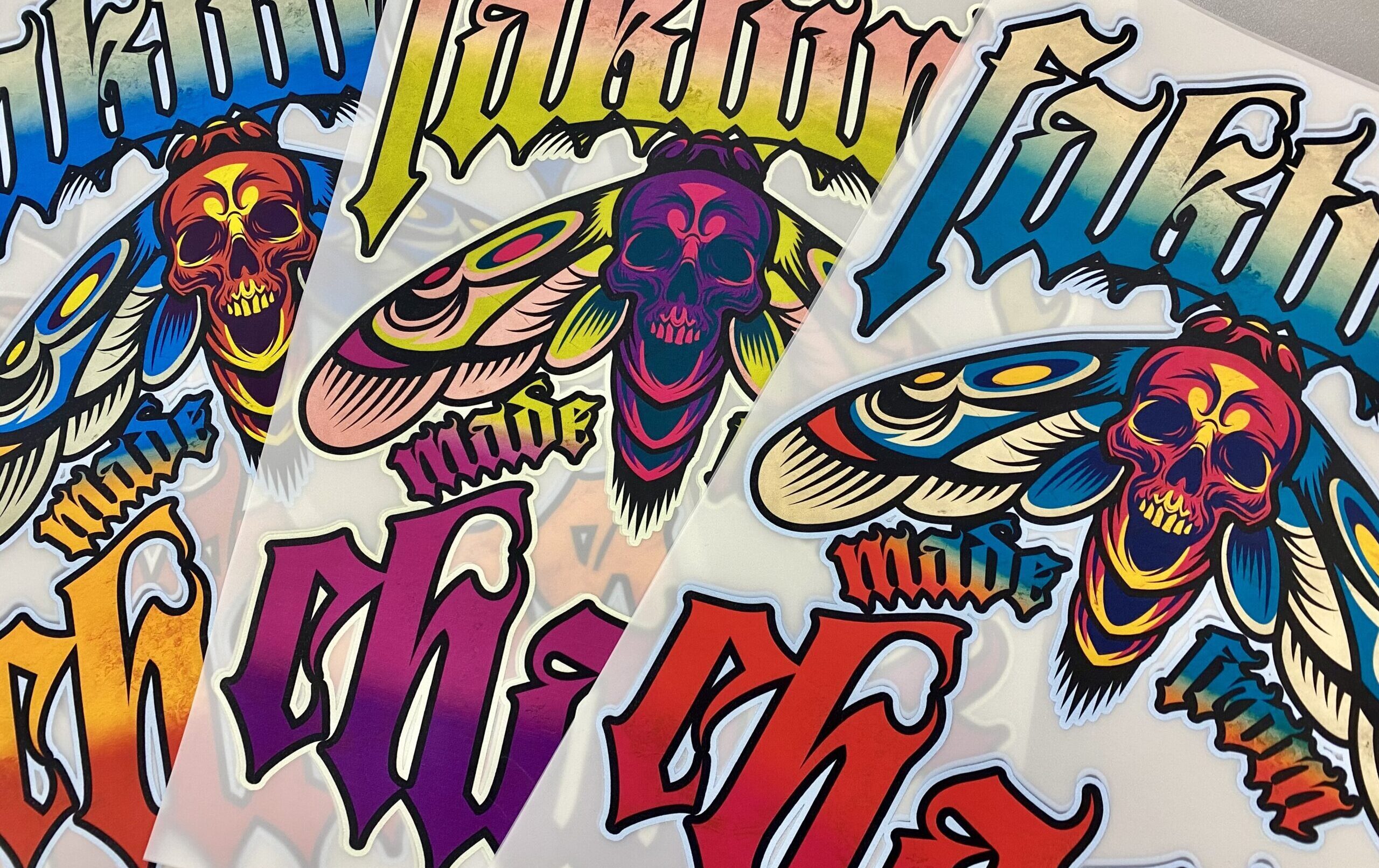In the ever-evolving landscape of printing technologies, one innovation that has been gaining significant traction is Direct-to-Film DTF Printing Supplies. This transformative method has been revolutionizing the textile printing industry, offering versatility, efficiency, and vibrant results that cater to the demands of modern design and manufacturing.
Understanding DTF Printing:
DTF printing is a technique that involves transferring designs directly onto textiles using a film as an intermediary medium. Unlike traditional methods like screen printing or direct-to-garment (DTG) printing, which have their unique advantages and limitations, DTF combines the best of both worlds, providing a solution that overcomes many of the challenges associated with other techniques.
How Does DTF Printing Work?
The process of DTF printing begins with creating a digital design, which is then printed onto a special release film using a compatible printer equipped with DTF capabilities. This film acts as a carrier for the design. Once the design is printed onto the film, it undergoes a curing process to ensure the ink adheres properly.
Next, the printed film is transferred onto the textile substrate using a heat press. The heat press applies heat and pressure, causing the ink on the film to bond with the fabric fibers, resulting in a durable and vibrant print. Once the transfer is complete, the film is peeled away, leaving behind the design on the textile.
Advantages of DTF Printing:
- Versatility: DTF printing is highly versatile and can be used to print on a wide range of textiles, including cotton, polyester, blends, and even fabrics with stretch properties. This versatility makes it ideal for producing various textile products, including t-shirts, hoodies, hats, bags, and more.
- Color Vibrancy and Detail: DTF printing offers exceptional color vibrancy and detail reproduction, allowing designers to create intricate designs with vibrant colors and fine details. The ink penetrates deeply into the fabric fibers, resulting in prints that are both long-lasting and visually appealing.
- Cost-Effectiveness: Compared to traditional printing methods like screen printing, DTF printing can be more cost-effective, especially for small to medium print runs. With DTF, there are no setup costs or screen preparation required, making it a cost-efficient solution for on-demand printing.
- High Production Speed: DTF printing is known for its high production speed, making it suitable for meeting tight deadlines and fulfilling large orders efficiently. The entire process, from printing the film to transferring the design onto the textile, can be completed relatively quickly, reducing turnaround times for customers.
- Durability: Prints produced using DTF printing are highly durable and resistant to fading, cracking, and peeling, even after multiple washes. This durability ensures that the printed designs maintain their quality and appearance over time, resulting in satisfied customers and repeat business.
Conclusion:
In conclusion, DTF printing represents a significant advancement in textile printing technology, offering a combination of versatility, efficiency, and quality that is unmatched by traditional printing methods. As the demand for customized and on-demand textile products continues to grow, DTF printing is poised to play a vital role in meeting the needs of designers, manufacturers, and consumers alike. With its ability to produce vibrant, durable prints on a wide range of textiles, DTF printing is truly revolutionizing the way we print on fabric.
